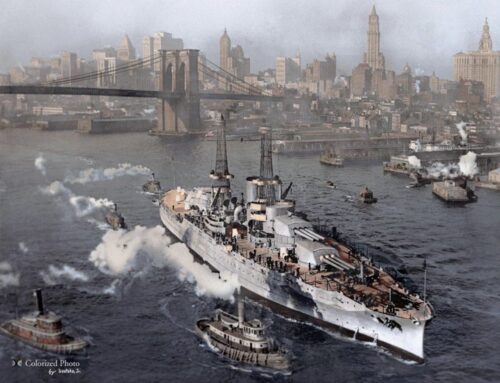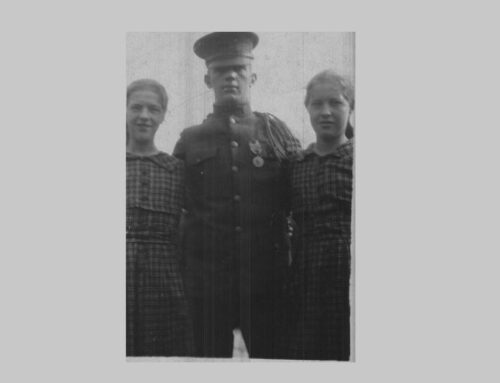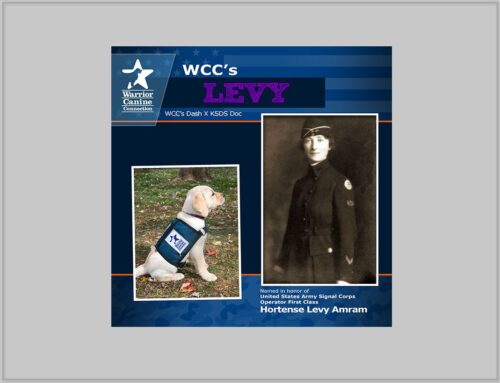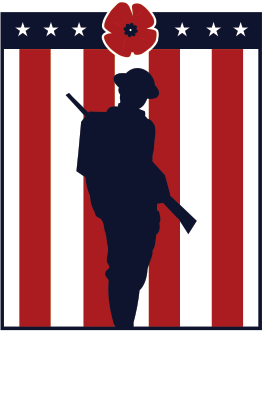Advancements in Aviation Soar to New Heights in World War I
Published: 22 January 2025
By Jay Wertz
via the MagellanTV website
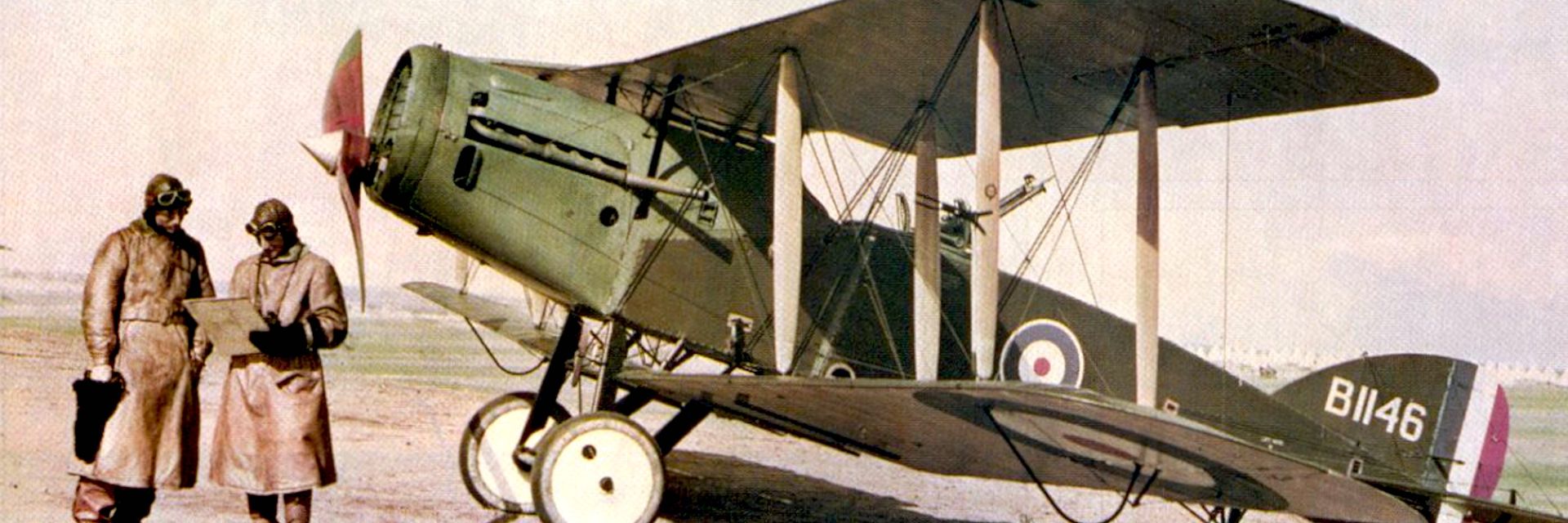
A_661_454_Ross_Smith_Bristol_Fighter
A Bristol F.2B fighter of No. 1 Squadron, Australian Flying Corps in Palestine, February 1918 (Source: Australian War Memorial, via Wikimedia Commons)
Popular culture has romanticized the aviators of World War I. But the evolving state of the equipment and the deadly battles in the skies led many young fliers to early graves.
Less than a decade after the Wright Brothers proved the viability of manned flight on the wind-swept coast of North Carolina, airplanes were pressed into service as weapons of war. The development of lightweight airframes and the engines to power them took off at a frantic pace throughout Europe, Asia, and North America. Specialized weapon development took a bit longer.
The first recorded military use of airplanes (called aeroplanes at the time, after the French aéroplane) was by the Italians in their military action to take control of Libya in 1911. Besides being used in the not-so-new field of aerial reconnaissance – balloons had been flown over battle lines in the late 18th and 19th centuries – the Italians tossed crude bombs on Libyan ground targets. There were similar occurrences in the Balkan Wars of 1912–13. By 1914, Balkan unrest led to the beginning of what would become the Great War, or World War I, when aerial combat of all types came into its own.

Take to the sky with the Royal Flying Corp in its struggle to support the British Army in the trenches below in this dramatic two-part MagellanTV documentary.
France Takes the Lead
As the primary target of German aggression in the West when the war began, France was the number one developer of aircraft and the men who flew the machines. Though other nations allied against the Central Powers of Germany and Austria-Hungary were pursuing aviation, the French were at the forefront of inventing and using new models of planes and weapons at a level only matched by their chief adversary, Germany. Several French manufacturers, principally Morane-Saulnier and Nieuport, began to rapidly mass-produce airplanes from work begun in the prewar period. Designers, engineers, and mechanics constantly tinkered with their prototypes.
France’s Société provisoire des Aéroplanes Deperdussin was known after its August 1914 reorganization as the more convenient acronym, SPAD.
In the prewar period, French manufacturers licensed their designs to other countries, including Germany. While most common images of World War I planes are of biplanes, with two parallel fixed wings above and below the fuselage, single-wing monoplanes were developed at the same time, with wings above or below the fuselage. Engines were of the radial type or in-line, as in automobile engines. Radial types were lighter and therefore appeared more frequently in early war designs. Among the French-built planes to see early service were the Morane-Saulnier (MS) G and the Nieuport X, both monoplanes, and the Nieuport XB, a biplane. All manufacturers had new letter or number designations for constantly evolving models.
→ Read the entire article on the MagellanTV website here:
External Web Site Notice: This page contains information directly presented from an external source. The terms and conditions of this page may not be the same as those of this website. Click here to read the full disclaimer notice for external web sites. Thank you.
